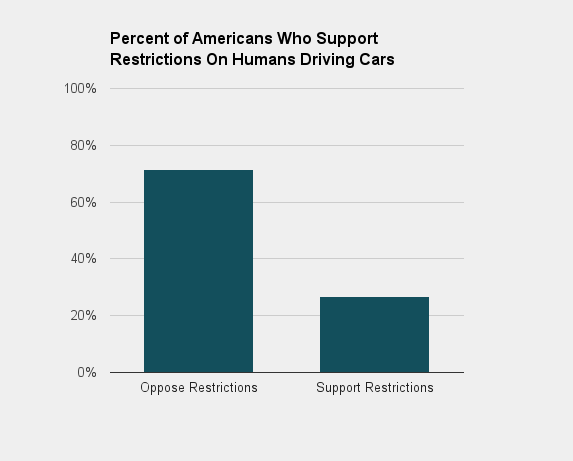As reported by Quartz: Who wasn’t excited to see Facebook and Google battle for dominance of low-earth orbit? Alas, it wasn’t meant to be: both companies are shelving their ambitious plans for satellite internet.
The tech-news site 'The Information' reports that Facebook is dropping its plans for a geo-stationary satellite over concerns that it will not recoup costs. Google, which hired satellite entrepreneur Greg Wyler to prepare an satellite constellation in 2014, backed out of that plan earlier this year.
To which satellite experts might say: We told you so. Ambitious satellite-internet projects have a history of failure. Satellite-internet services today are fairly expensive, and offer slow data speeds.
While Facebook’s cancelled project comes from the more traditional approach to satellite internet, the current hope of Wyler and other satellite entrepreneurs is that constellations made up of many small satellites could solve those two problems. They would offer faster service, since they are closer to earth than the typical communication satellites, which fly at high altitudes to maximize coverage; and they would cost less, since tiny satellites are typically less expensive than their larger siblings.
But even this plan may over-promise—one of the pioneers of the satellite business, Martin Sweeting, chairman of Surrey Satellite Technology Ltd., compared interest in small satellites to the froth on top of a cappuccino. The technical challenges to flying and operating a full-fledged constellation of them may still prove too difficult to surmount.
And that explains why mainstream, public tech companies like Google and Facebook have tabled their satellite plans—they are apparently riskier than self-driving cars and virtual reality, to name two experimental areas where these companies are still staking aggressive claims. Google also still owns Skybox, a satellite imaging start-up.
But fear not, internet fans, there are still some businesses that dream of creating real satellite internet, since the potential rewards for success could be quite high. Wyler, the entrepreneur who left Google, founded a new satellite-internet concern, with backing from Qualcomm and Virgin Galactic. Elon Musk’s SpaceX has said it is developing a constellation of small communications satellites of its own. And even Google remains an investor in O3b, the firm using satellites to boost internet access in emerging markets.
Of course, the logic for Google and Facebook remains clear: Increased connectivity around the world means more customers for their products. If another company solves the mystery of satellite internet first—through some combination of cheaper rocket launches and more powerful mini-satellites—expect Facebook and Google to look to the heavens once again.
The tech-news site 'The Information' reports that Facebook is dropping its plans for a geo-stationary satellite over concerns that it will not recoup costs. Google, which hired satellite entrepreneur Greg Wyler to prepare an satellite constellation in 2014, backed out of that plan earlier this year.
 |
| Titan Aerospace is a Google supported project that uses solar powered drones to provide network communications systems. |
While Facebook’s cancelled project comes from the more traditional approach to satellite internet, the current hope of Wyler and other satellite entrepreneurs is that constellations made up of many small satellites could solve those two problems. They would offer faster service, since they are closer to earth than the typical communication satellites, which fly at high altitudes to maximize coverage; and they would cost less, since tiny satellites are typically less expensive than their larger siblings.
But even this plan may over-promise—one of the pioneers of the satellite business, Martin Sweeting, chairman of Surrey Satellite Technology Ltd., compared interest in small satellites to the froth on top of a cappuccino. The technical challenges to flying and operating a full-fledged constellation of them may still prove too difficult to surmount.
 |
| Similar to the Titan Aerospace system, project 'Loon' funded by Google provides network communications systems using high altitude balloons. |
But fear not, internet fans, there are still some businesses that dream of creating real satellite internet, since the potential rewards for success could be quite high. Wyler, the entrepreneur who left Google, founded a new satellite-internet concern, with backing from Qualcomm and Virgin Galactic. Elon Musk’s SpaceX has said it is developing a constellation of small communications satellites of its own. And even Google remains an investor in O3b, the firm using satellites to boost internet access in emerging markets.
Of course, the logic for Google and Facebook remains clear: Increased connectivity around the world means more customers for their products. If another company solves the mystery of satellite internet first—through some combination of cheaper rocket launches and more powerful mini-satellites—expect Facebook and Google to look to the heavens once again.












